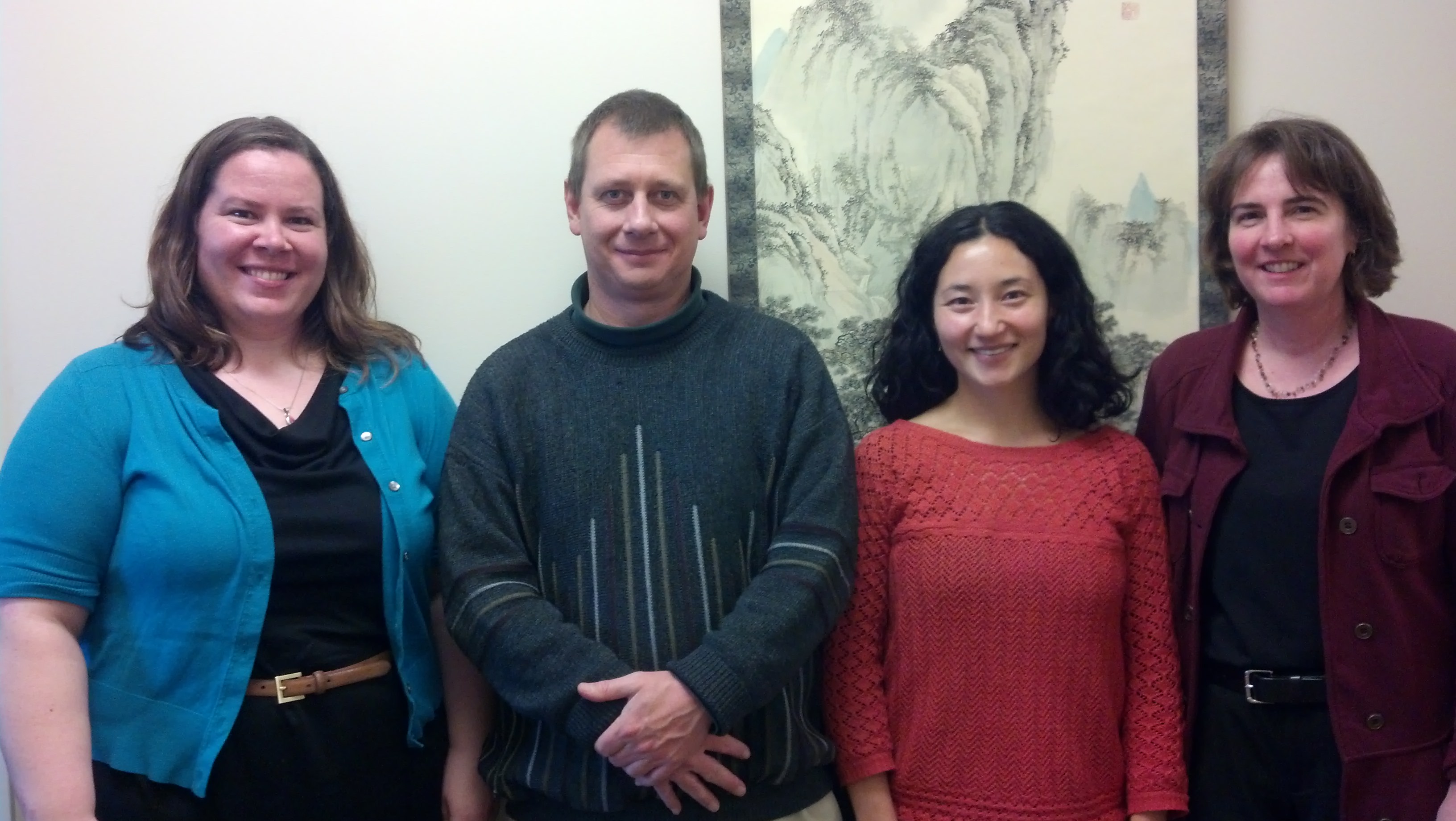The Department of Environmental and Occupational Health Sciences (DEOHS) is part of University of Washington’s (UW) School of Public Health. Practices within DEOHS have not been formally assessed with regard to environmental sustainability. With expertise in environmental health, occupational safety, and climate change, DEOHS has the capability and responsibility to provide leadership in this area and serve as an exemplary model for sustainability, paving the way for other laboratories, academic programs, and environmental health and safety groups. Departmental laboratories are one area in which substantial positive impacts could be acheived. DEOHS has 20 laboratories used for research, education, and analytical services.
Although there are many existing programs that promote sustainability and green laboratory practices, there is little quantitative data to validate that green practices are actually improving environmental sustainability metrics. Laboratory chemicals used in protocols and standard operating procedures are often selected without considering factors such as chemical toxicity, biodegradability, and energy use. Quantification of the cumulative environmental and human health impacts of chemicals by using life-cycle assessments and other means is necessary for researchers to make informed decisions. Laboratories are especially resource-intensive, using about four times as much energy as an office space of the same size. There are also large quantities of plastics used, which are often thrown out instead of recycled. Efforts to conserve energy and reduce waste need to be promoted and evaluated to provide quantitative support they are effective.
The UW Environmental Stewardship and Sustainability office launched a Green Labs Certification program in the spring of 2013. However, there are certain sections of the application on which laboratories generally do not score high. There is a need to better understand barriers to scoring high on the UW Green Labs Certification application, and more granular data is needed on current practices to evaluate the impact of green strategies.
The goals of this study are to facilitate adoption of the tools and sustainability metrics of the UW Green Labs Certification program by DEOHS laboratories, use an iterative process to expand use of the UW Green Labs Certification program, and develop better acceptance guidelines for low-scoring parts of the application. This project will allow us to identify where implementing green strategies will have the greatest impact and provide a process to quantify effects. We will highlight best practices for the UW campus, provide recommendations on how to implement green strategies, and serve as an example for other academic departments.
